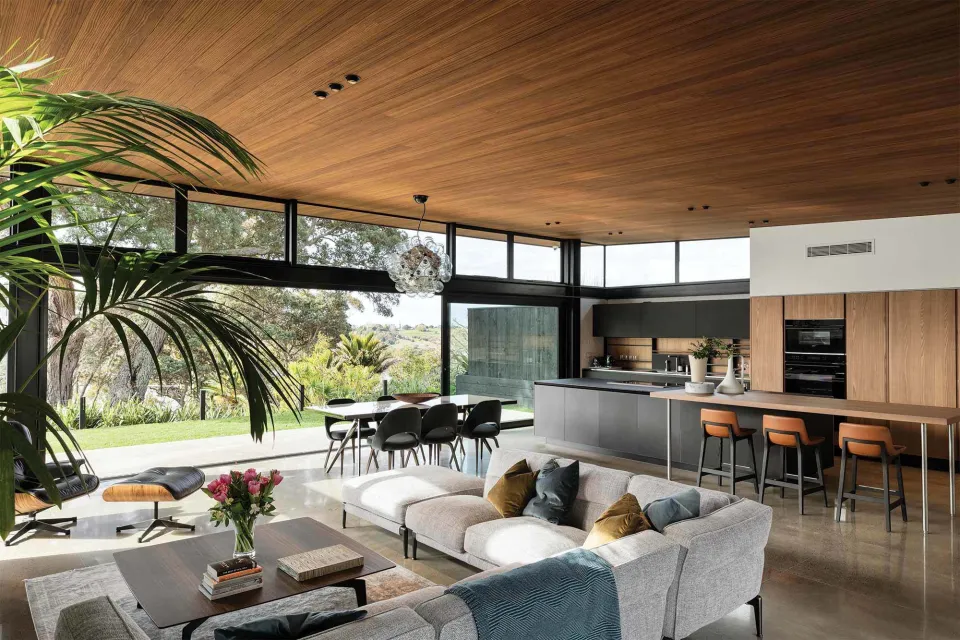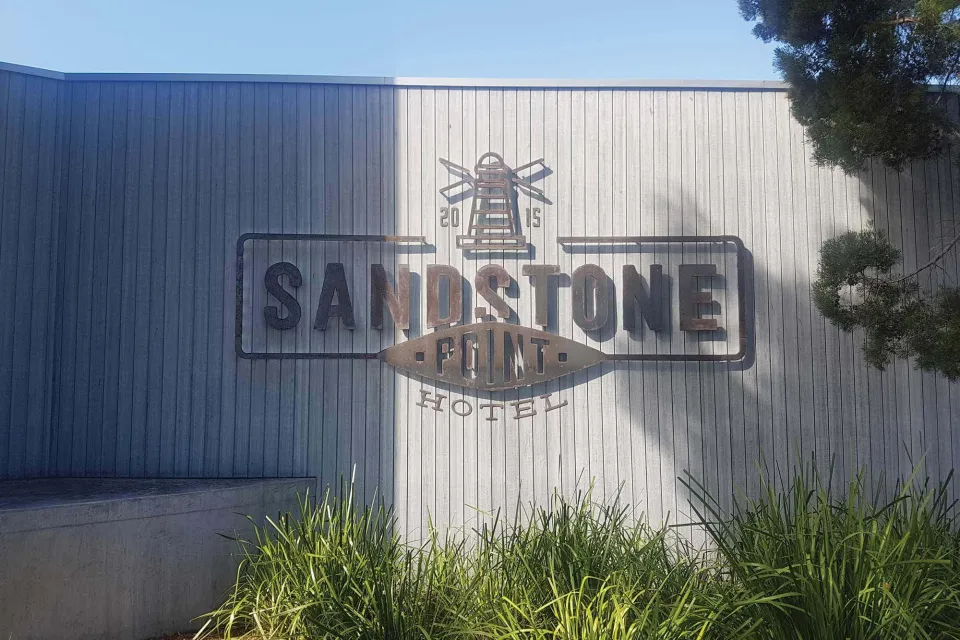-
About
-
Products
- By Timber Product
- Cladding
- Decking
- Screening
- Panelling
- View all
- By Application
- Exterior Cladding / Siding
- Exterior Rain Screen
- Interior Walls & Ceilings
- Soffits
- Screening, Fins & Battens
- Windows, Doors & Joinery
- Posts & Beams
- Accessories
- Coatings
- Fixings
- Samples
-
Resources
- Projects
- Contact
HOLIDAY HOURS / All sample orders or enquiries made between 19 Dec to 4 Jan will be actioned from 5 Jan. Learn more here.
Five Ways to Reduce Timber Maintenance
Our survey results indicate that maintenance of external cladding and facades is always the number one challenge for architects and their clients.
As timber suppliers we see a lot of urban myths with the primary being that using timber outside means a lot of maintenance. However, “a lot of maintenance” is subjective. To some, every three years is okay, other clients don’t want to touch it for seven years.
Here are five ways in which you can look to incorporate timber into your project and minimise the maintenance.
1. Soffit linings
Timber lined soffits are becoming increasingly popular because the warmth can be appreciated internally and externally and uses the roof to bring the outside inside.
Because the sun doesn’t hit the timber directly the maintenance on a project such as the one pictured will be minimal compared to exposed exterior wall cladding.
2. Silvering off
Yes, you can let your timber cladding weather or silver off but there are side effects.
A timber coating or protective oil typically does more than just prevent your timber from turning silver, it also acts as a treatment (perhaps not too dissimilar to putting on hand cream) and aids in minimising timber movement, surface cracking, and fungal decay.
Read about Sioo:x Natural Wood Coating.
As pictured here, our Abodo Protector Coating in Patina is a relatively low maintenance finish, designed to allow the timber to grey while assisting in keeping the timber stable, minimise surface cracking, and preventing fungal decay.
3. Quality finish
A quality timber finish is subjective, but here are two ways to make sure the claims aren’t baseless.
Ask for images or addresses of projects that are at least two years old because this will give you a rough indication of how the product will stand up to the elements. A supplier should be able to back up their claims with scientific evidence.
4. Band sawn surface
The majority of timber machined is sold as ‘dressed’ which means it has a smooth and almost sanded appearance. The main reason for this, arguably, are economics and design trends.
In the context of reducing timber maintenance, having a roughened surface is very advantageous.
The purpose of a roughened surface is that it raises the fibres on the wood, opening up the cells and allowing the oil to penetrate deeper into the timber and hold more pigment.
A timber's surface can be opened up by wire brushing, bandsawing, or sanding. All Abodo timbers with a band sawn finish are supplied finished in Abodo Protector.
5. Low movement timbers
It’s not a well known fact at all, but research has shown us that timbers which move a lot increase the maintenance cycle. As the wood substrate moves, it expands and contracts the coating, pulling it apart and leading to premature failure.
Thermally modified timbers such as our Vulcan are a very low movement solution.



